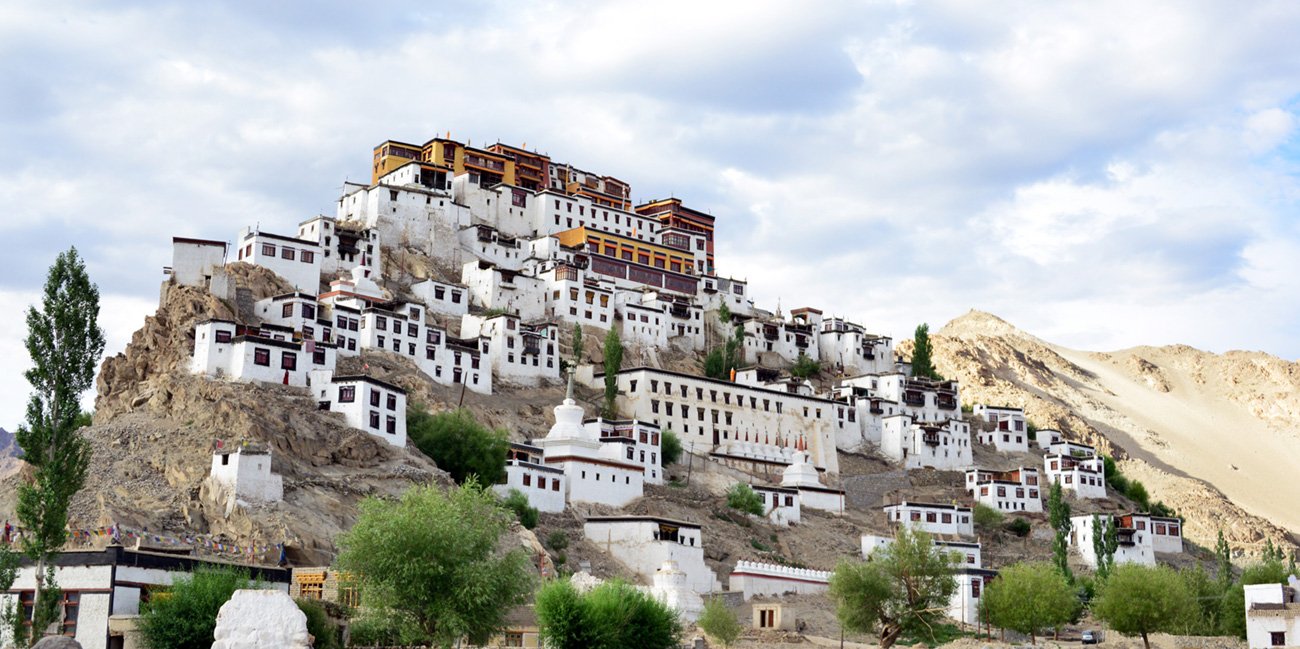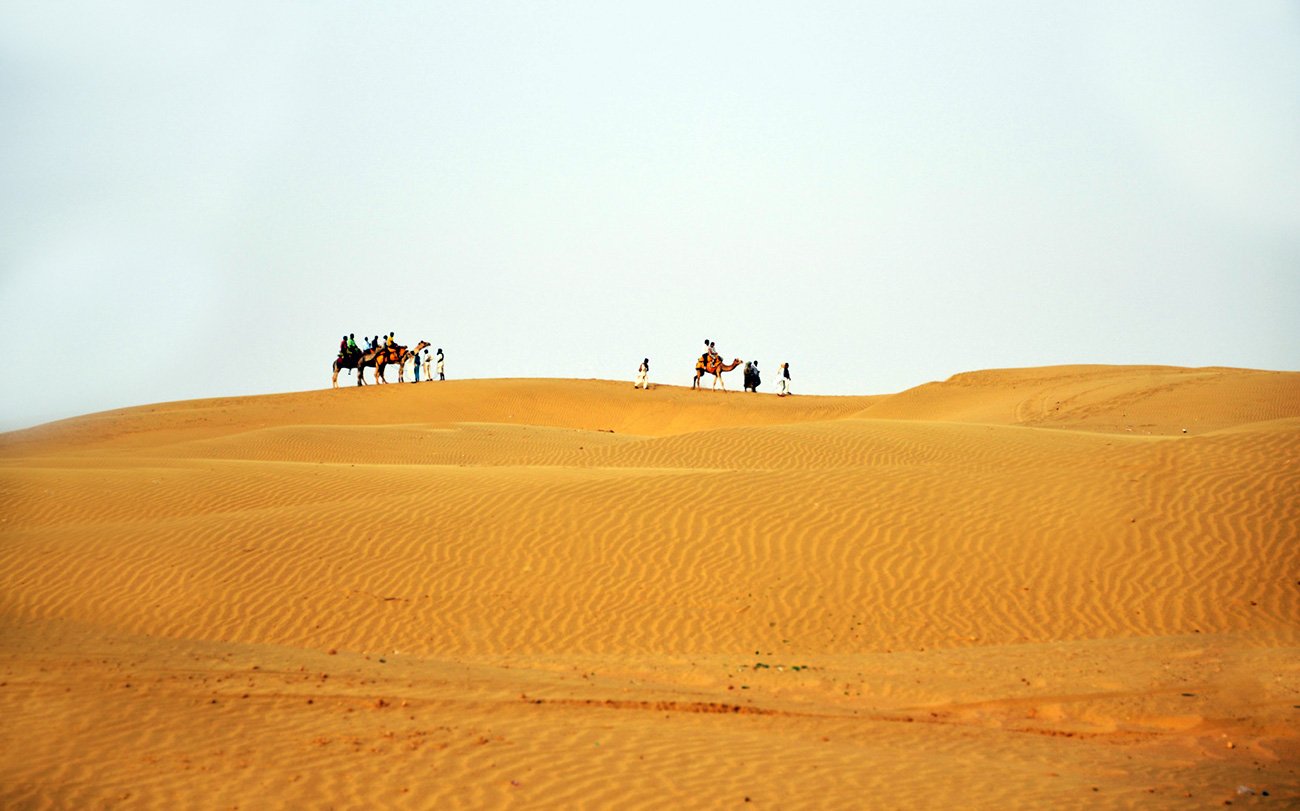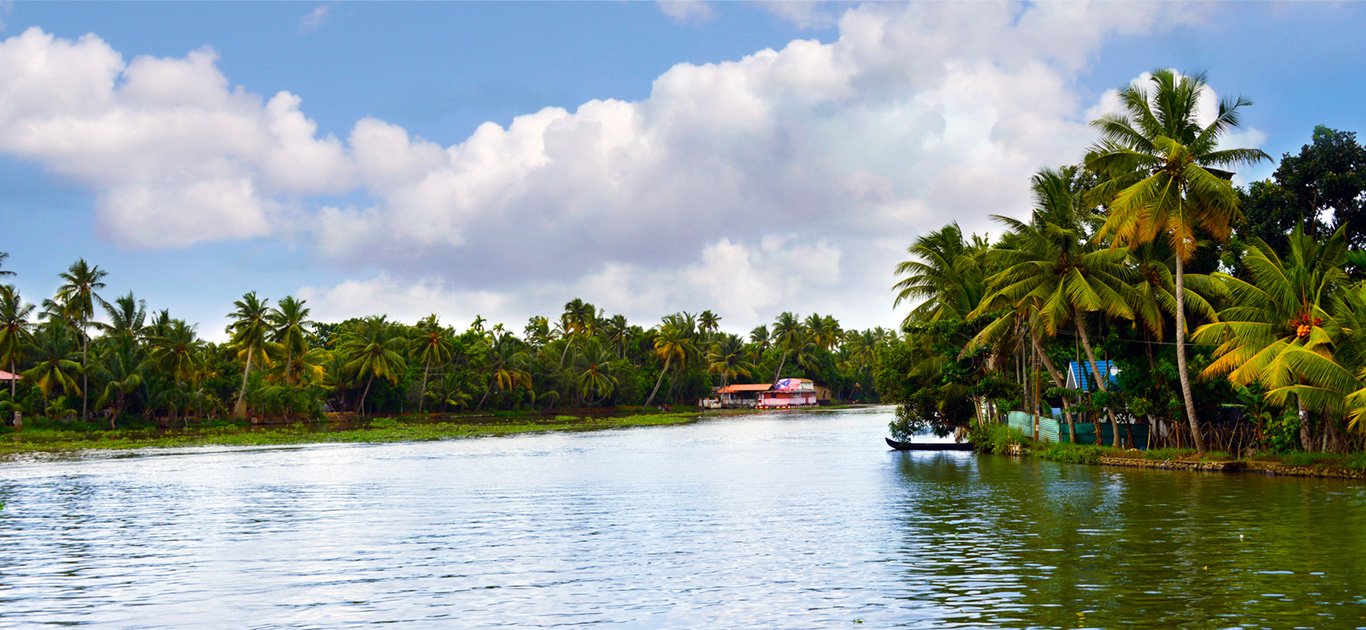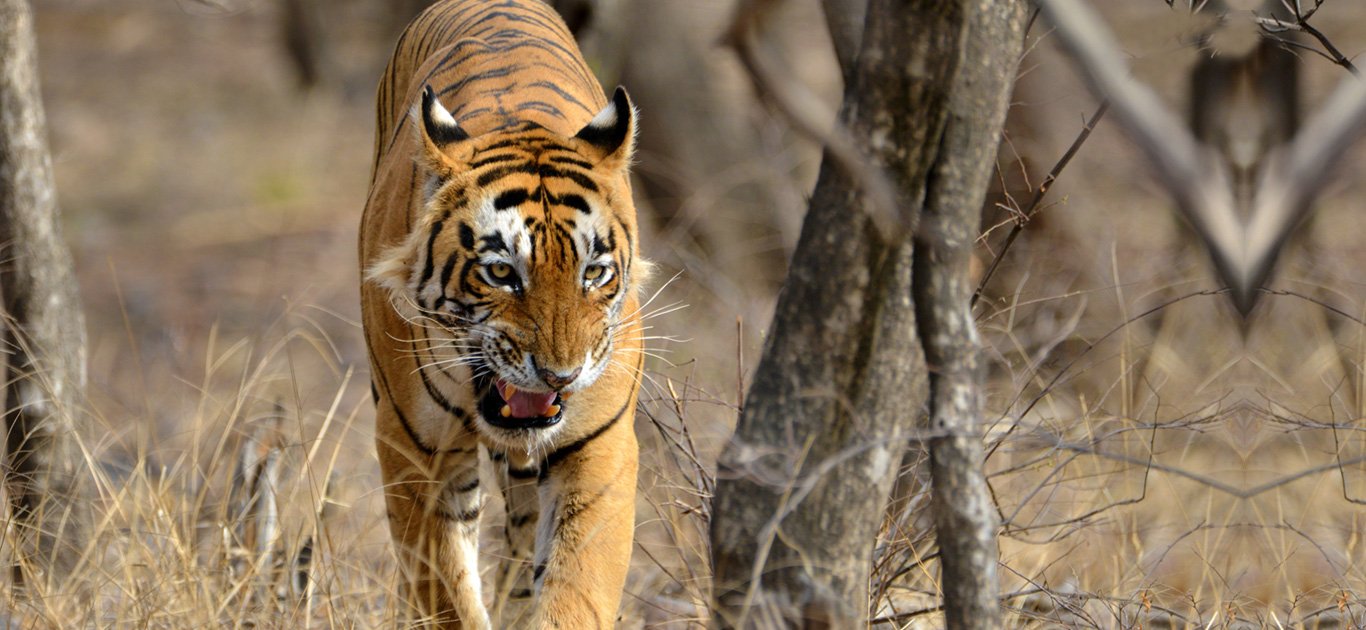The Best Time to Visit India
The best time to visit India is not just October through March - wise travelers should ignore this oft repeated generalization. The size and diversity of the Indian Subcontinent results in infinite choices, even if an explorer only wants to travel in cool temperatures.
We recommend that you read this page to understand what India has to offer throughout the year. India is a large country, and you can stay cool in summer, and warm in winter, if that is what you are most concerned about. Or you can skip the reading and select from the following options:
It is true that many of the major attractions that first-time explorers to India visit can be very hot during May & June. However, upscale and luxury travelers who prefer boutique hotels, should be aware that they can explore at a fraction of the cost of winter travel, and this is true from Mid-April to September.
Also keep in mind that the hotels, restaurants, and vehicles are all air-conditioned, and you can add many amazing destinations with cool temperatures to a few days in the warm Golden Triangle (at exceptional values), if you prefer – See our Low Season Specials.
For travelers who are not obsessed with cool temperatures, spring and summer provide incredible values on upscale and ultra-luxury hotels, including the world’s highest rated boutique lodging.
India is a vast country and its diverse offerings range from cold Himalayan mountain ranges, descending to India’s verdant bread basket, the vast northern plains, which then extend westwards to the great Thar Desert, and eastwards to the lush, tribal regions bordering Southeast Asia.
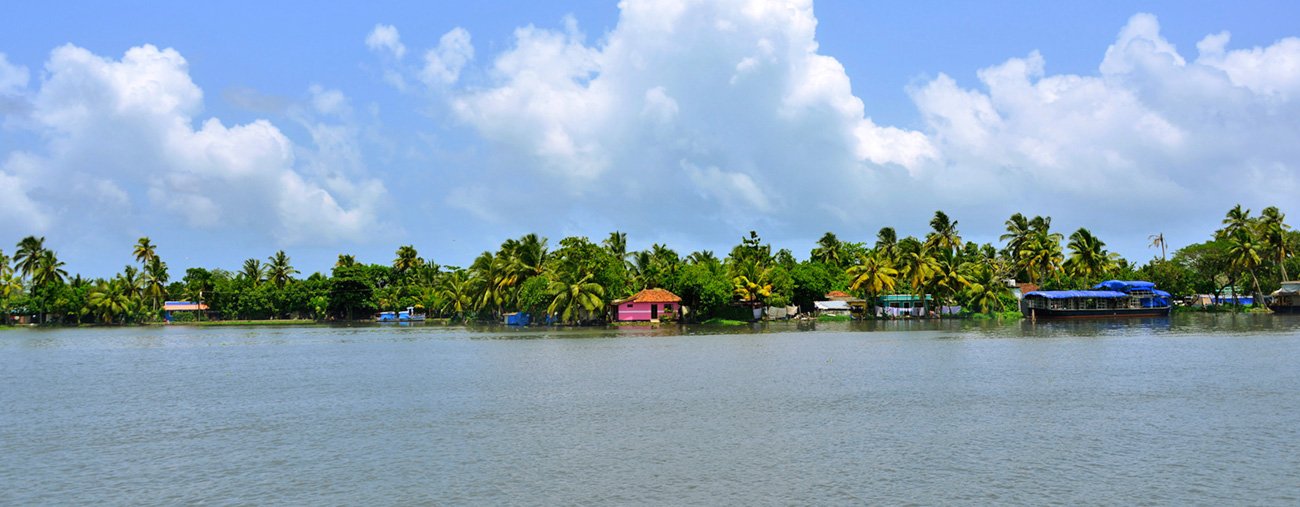
The answer to what the best time to visit India does not have a one size fits all answer. The actual answer depends on what you want to do, not when you want to visit.
Travelers that don’t live in very cold climates, including the southern United States and Europe, or many parts of Oceania; and those that enjoy summer vacations in destinations like Florida, Central America, and many other warmer parts of the world, should be aware that India’s hotter regions offer similar temperatures during fall and early summer.
Most travel experts also don’t mention that average temperatures during peak winter (in premier North Indian tourism destinations such as Delhi, Agra, Jaipur, and Varanasi) range from highs around 60 degrees Fahrenheit (16 Centigrade), to lows in the 40’s to low 50’s F (7 to 13 C). Southern India does not tend to get as cool and the coastal regions remain balmy throughout the year.
The monsoon usually affects North India during July & August (a month later than in South India) and the rains cool things down, so September is a great month for travelers that can take a little bit of heat. The sights and monuments are less crowded and there are great values on high quality hotels.
Save Time. Consult a Specialist Now: US - 512 345 1122 / India - (+91) 141 402 5668

